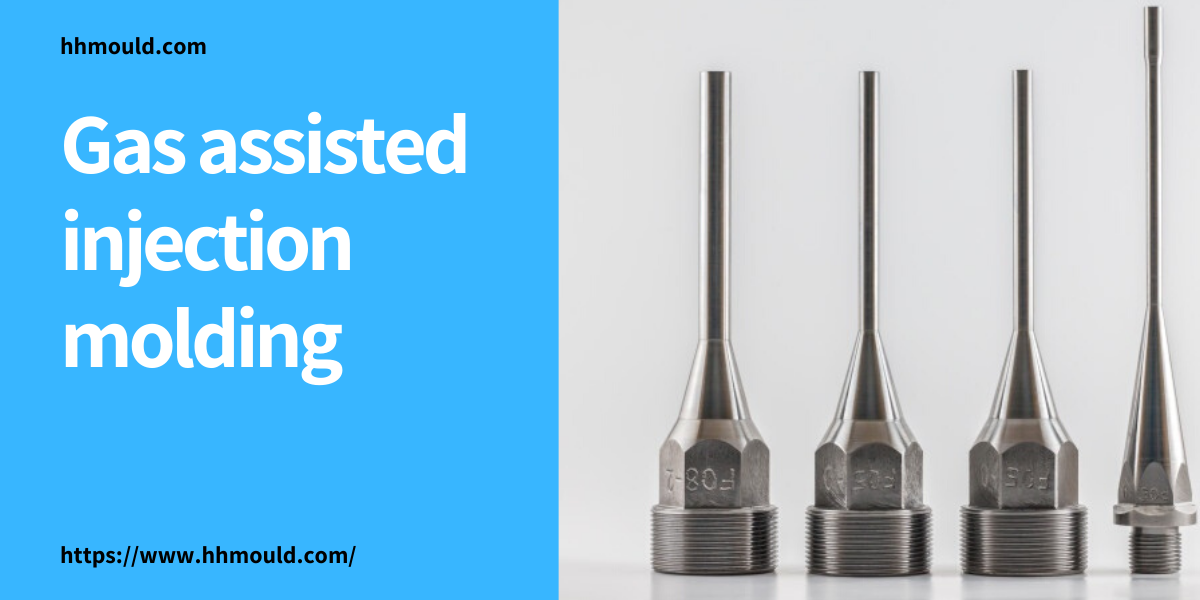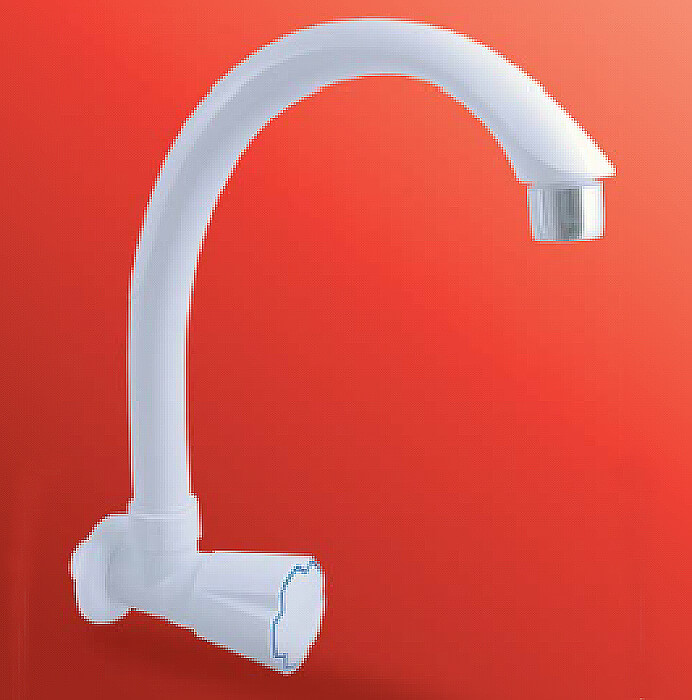Gas assist injection molding is a process enhancement to conventional injection molding, involving the injection of high-pressure nitrogen gas into the melt stream immediately after the injection of the resin. The intent is not to cause a mixture of nitrogen and resin, but for the nitrogen to displace resin in flow or gas channels and thicker sections of the molded product. The process is a high speed, low-pressure injection method. In most cases, a short shot method of resin fill can be used and the gas can be utilized to fill and pack out the remainder of the part. The nitrogen is typically shot into the process at relatively low pressures as compared to conventional molding.
There are four primary considerations for successful application of the technology:
1) A repeatable and accurate shot control on the injection-molding machine.
2) Precise control of time, pressure, and ramp of the nitrogen being injected.
3) Control of the nitrogen penetration within the molded product.
4) Proper tool design.
The advantages of the gas assisted injection technologies:
- Achieve thicker wall sections
- Lower Piece Price
- Better Part Quality
- Shorter Cycle Times
- Greater Design Freedom
- Better surface cosmetics
- Reduce finishing and painting
- Elimination of sink & warp
- Better dimensional control
- Increased design options for complex parts, reducing multiple part assemblies, and metal to plastic conversions
- Enables use of smaller plastic injection molding presses
- Reinforces ribbed parts
For more information about Gas Assist Injection Molding, please visit https://www.hhmould.com/







